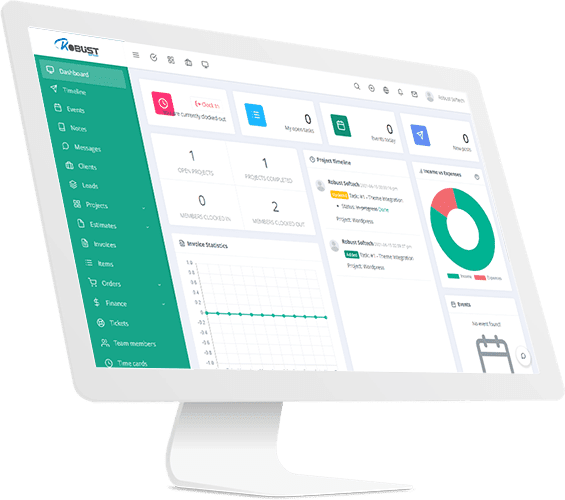Product Design and Concept
The product design concept is a process of creating an innovative and user–friendly product that meets the needs of the client. It involves the use of a combination of research, analysis, prototyping, and testing to create a product that is both functional and aesthetically pleasing. It also requires the use of materials and technologies that are both cost–effective and sustainable. The product design concept should also be able to meet the customer‘s expectations for quality, performance, and reliability.
Research and analysis: Conducting research to understand the customer‘s needs, preferences, and usage patterns.
Prototyping and testing: Creating a prototype of the product to evaluate its design and functionality.
Design and engineering: Developing a product design that meets the customer‘s requirements and specifications.
Manufacturing and production: Producing the product according to the design and engineering specifications.
Quality assurance: Ensuring that the product meets the customer‘s expectations for quality, performance, and reliability.
Sustainability: Choosing materials and technologies that are both cost–effective and sustainable.

Business planning & strategy
- Business planning & strategy
- Attract quality, high-paying customers
- Hone leadership skills to manage your team
- Cut expenses without sacrificing quality
- Research beyond the business plan
The Science of Product Design
The science of product design is the application of scientific principles to the process of creating products. This includes the application of engineering, mathematics, physics, chemistry, and other sciences to the development of products. Product design is a creative process, but the scientific principles provide a framework for successful product design. The scientific principles help to ensure that the product meets the needs of the target audience and is also cost effective, reliable, and safe.
The process of product design begins with understanding the needs of the target audience. This involves research, surveys, and interviews to determine what the target audience wants from a product, and how it can best meet their needs. This information is then used to create a product concept, which outlines the basic design of the product. This concept is then refined and tested to ensure it meets the needs of the target audience.
Once the product concept has been finalized, the engineering and other scientific principles come into play. Here, engineers use mathematics and physics to design the product to ensure it functions correctly and safely and meets the target audience’s needs. This also includes testing the product to ensure it meets all safety and performance standards.
Once the product has been designed, it is then manufactured and tested again to ensure it meets the target audience’s needs and works as expected. Finally, the product is released to the public and put through further testing and feedback to ensure it meets the needs of its users.
The science of product design is a critical aspect of product development, and it is an essential part of ensuring that products are safe, reliable, and meet the needs of their target audience. With the use of scientific principles, product designers can create products that are both cost effective and meet the needs of their target market.
In terms of grant and funding research, there are a variety of organizations that provide funding for product design research. These include government agencies, industry groups, venture capitalists, and academic institutions. It is important to research the available grants and funding programs to determine which ones are best suited to specific needs. Additionally, it is important to consider the eligibility requirements and application deadlines when researching potential programs.
The science of product design in terms of web site research involves understanding how users interact with websites, so as to create an effective and user–friendly design. This includes researching user behavior, understanding user needs and preferences, and creating an interface that is intuitive and easy to use. Research can involve surveys, focus groups, interviews, usability tests, and more. In addition, understanding how to optimize the website for search engine algorithms is also important. By understanding the science of product design in terms of web site research, businesses can create websites that are more effective, user–friendly, and successful.
Client prospecting is a process that helps entrepreneurs identify potential customers for their products or services. It involves researching, qualifying, and reaching out to potential customers to determine if they are a good fit for the company.
The science of product design can help entrepreneurs in the client prospecting process. By understanding the psychology of design, entrepreneurs can create products or services that appeal to the target market‘s needs and desires. Additionally, product design can help entrepreneurs gain insights into how people make decisions, allowing them to craft better sales pitches and create enticing offers that persuade prospects to purchase.
Product design can also help entrepreneurs identify and reach out to the right prospects. For example, entrepreneurs can use design elements such as colors, shapes, and font size to tailor their messages to different types of people and evoke certain emotions. This helps entrepreneurs create a more personalized message that resonates with their ideal prospects.
Finally, product design can also help entrepreneurs create a comprehensive understanding of their customers‘ needs and wants. This helps them better craft their sales pitches and tailor their products or services to meet their customers‘ needs. Using the science of product design, entrepreneurs can create a more effective client prospecting process and maximize their chances of success.
Let's Discuss your Project Now!
Phone: +91 172 464 2004
Phone2: +91 172 4090 719
Email: business@rbsoftech.com
Here to Help Your Every Business Need
See what we can do for you today!
